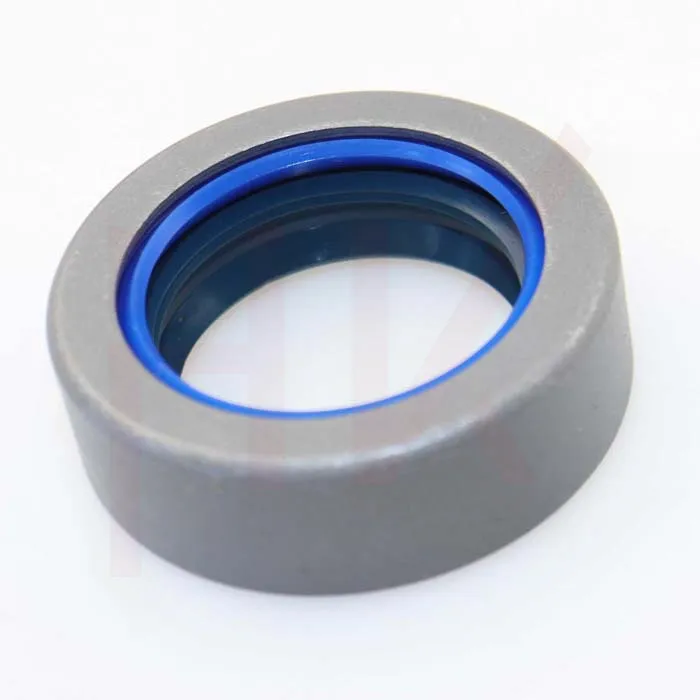Nov . 06, 2024 11:42 Back to list
Motor Oil Seal Replacement Guide for Optimal Performance and Longevity
Understanding Oil Seals for Motors A Comprehensive Guide
Oil seals play a crucial role in the performance and longevity of motors across various applications. These mechanical components function as barriers, preventing the leakage of lubricants and fluids while also keeping contaminants out. In this article, we will explore the significance of oil seals for motors, their different types, materials, installation procedures, and maintenance practices.
The Importance of Oil Seals
Motors require lubrication to function efficiently, reducing friction between moving parts and dissipating heat. Oil seals are essential in retaining this lubricant within the motor while keeping foreign particles, dust, and moisture from entering. Without proper sealing, motors can suffer from oil leaks, leading to insufficient lubrication, overheating, and eventual mechanical failure. Therefore, selecting the right oil seal is vital for maintaining the health of any motor.
Types of Oil Seals
Oil seals come in various designs suited for different applications. The most common types include
1. Single-Lip Oil Seals These have one sealing lip and are used in applications where low pressure is involved and oil retention is necessary.
2. Double-Lip Oil Seals Featuring two sealing lips, these seals provide enhanced protection against contamination and are ideal for applications exposed to harsh environments.
3. Floating Seals These are used in applications where the shaft may move slightly within the housing, allowing for some adaptability.
4. V-Rings A unique design that provides secondary sealing in conjunction with other seals, V-rings are often used in combination with oil seals.
Materials Used for Oil Seals
The materials used in manufacturing oil seals significantly affect their performance and durability. Common materials include
- Nitrile Rubber (NBR) This is the most widely used material, known for its excellent oil resistance and durability in general applications
.oil seal for motor

- Fluoroelastomers (FKM) Ideal for high-temperature applications, FKM seals are resistant to aggressive fluids and are often used in automotive and aerospace engines.
- Polyurethane (PU) This material offers high resilience and is often used in heavy-duty applications where wear and tear are significant.
- Silicone Known for its high-temperature resistance, silicone seals are suitable for applications exposed to extreme conditions.
Installation and Maintenance
Proper installation of oil seals is crucial to their effectiveness. Here are some tips for installing oil seals
1. Clean the Shaft and Housing Ensure that the surfaces where the seal will contact are clean and free of debris.
2. Check for Damage Inspect the oil seal for any damage before installation. A damaged seal will not function properly.
3. Use Proper Tools Employ suitable tools to avoid damaging the seal during installation. Avoid using excessive force.
4. Lubricate the Lip Applying a small amount of lubricant to the lip of the seal can help ensure a good seal.
Regular inspection and maintenance of oil seals can prolong their lifespan. Monitor for signs of wear, such as friction noise, oil leaks, or dirt ingress. Replacing worn or damaged seals promptly can help prevent more significant issues in the motor.
Conclusion
In summary, oil seals are vital components in ensuring the smooth operation of motors. Understanding their types, materials, installation techniques, and maintenance practices can go a long way in enhancing motor performance and longevity. Whether in automotive, industrial, or aerospace applications, the proper management of oil seals is essential for reliable and efficient machinery operations.
-
TCN Oil Seal Metal Ring Reinforcement for Heavy Machinery
NewsJul.25,2025
-
Rotary Lip Seal Spring-Loaded Design for High-Speed Applications
NewsJul.25,2025
-
Hydraulic Cylinder Seals Polyurethane Material for High-Impact Jobs
NewsJul.25,2025
-
High Pressure Oil Seal Polyurethane Coating Wear Resistance
NewsJul.25,2025
-
Dust Proof Seal Double Lip Design for Construction Equipment
NewsJul.25,2025
-
Hub Seal Polyurethane Wear Resistance in Agricultural Vehicles
NewsJul.25,2025
-
The Trans-formative Journey of Wheel Hub Oil Seals
NewsJun.06,2025
Products categories
















